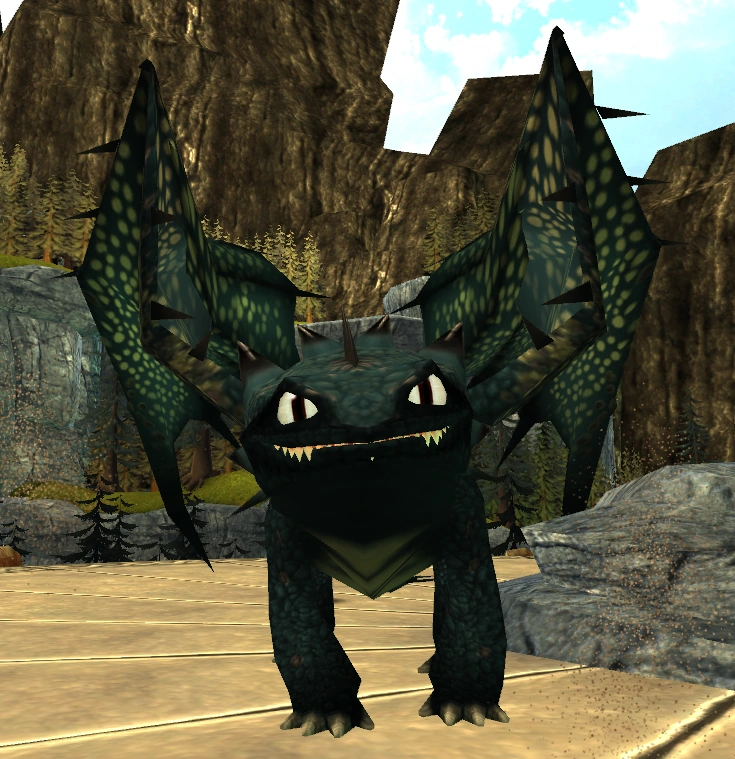
One is that Bubblehorns appear highly food motivated, especially by easily obtainable snack foods eaten by humans. Though deliberate training has not been seen, Bubblehorns appear to have a few behavioral traits that suggest training is possible. Though not specifically stated, Bubblehorns are possibly omnivorous or even herbivorous, as one individual is seen rejecting a fish-based food in favor of Grain-based foods such as popcorn and Cheese Rings - a processed cheese-flavored human snack. In fact they are highly aggressive and vindictive, attacking those they feel have wronged them or had previously appeared an aggressor, even after a considerable amount of time after the offense. Possibly as a result of their vulnerability, Bubblehorns appear initially harmless, but can be devious and use their harmless appearance to their benefit. Due to their tight-knit social structure, the social group will come immediately to the calls of a member in distress. However, in a group their combined defensive efforts can turn offensive and drive away attackers or cause large amounts of damage. A Bubblehorn alone is very vulnerable to attack and possible predation.

The underside of their wing membranes are a contrasting bold splash of red, orange, and yellow.īubbehorns are highly social species with others of their own kind, presumably for the protection a flock offers.


Though their hides appear unadorned most of the time, Bubblehorns also poses retractable spikes all over their bodies, including legs and tails.īubblehorn coloration comes in pearlescent white, pink, or purple, occasionally with faint green spotting. Bubblehorns also have a single twisted horn sprouting from their foreheads that appears to be hollow. Their overall shape mimics an infantile pony, with overly large eyes in a large cranium and a small rounded muzzle. Physical Appearance Hatchling to Adult īubblehorns are a small dragon species, appearing to be about the size of an average cat.


 0 kommentar(er)
0 kommentar(er)
